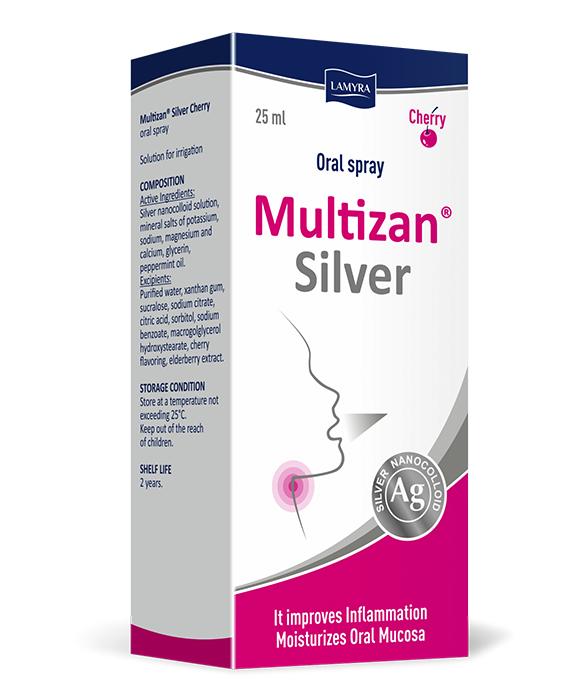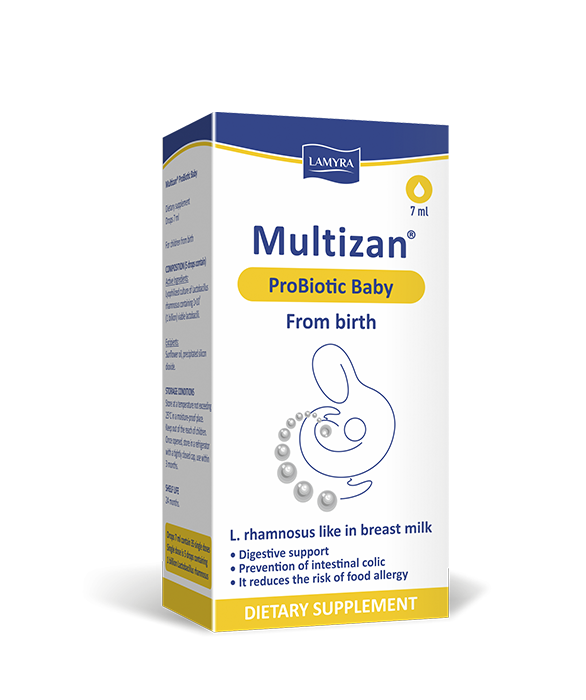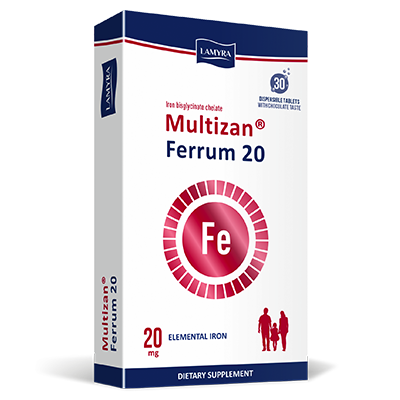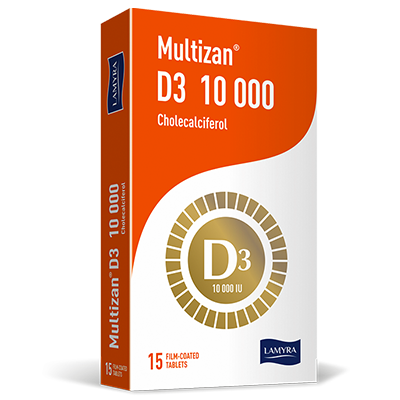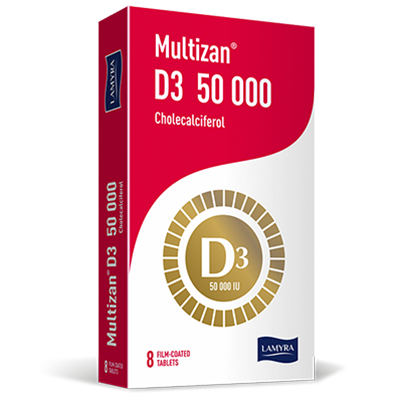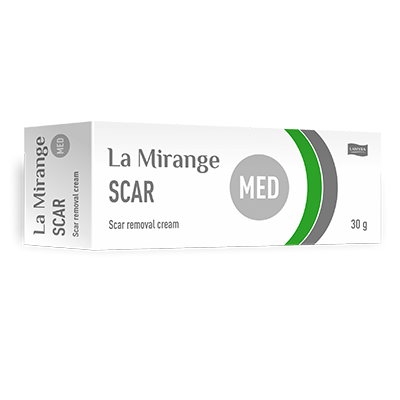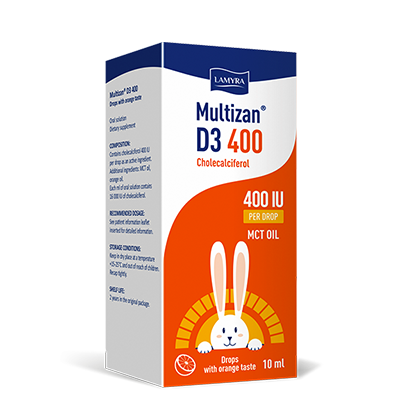The role of free radicals
Our body is a small biological factory where biochemical and physiological processes are continuously occurring. Some of them are provided with the formation of unstable particles with unpaired electrons. Such molecules are called free radicals. Their main source is oxygen. They are very active, and are constantly aimed at returning a missing electron (or donating an extra one).
Free radical reactions generally perform a number of functions:
-
destroy pathogenic microflora;
-
slow down the growth of tumor cells;
-
participate in the formation of an immune response;
-
help eliminate inflammation;
-
trap out toxins, harmful metabolic products;
-
control vascular tone;
-
are mediators for the delivery of intracellular information;
-
trigger the reaction of apoptosis (programmed cellular self-destruction with DNA defects);
-
participate in the regulation of mineral metabolism, etc.
The amount of active oxygen in tissues is controlled by antioxidants. These substances inhibit oxidation. They trap out "extra" unstable molecules and neutralize them. Positive qualities of free radicals will appear until the redox balance is not disturbed. When the concentration of particles becomes excessively high, they begin to destroy healthy tissue cells that leads to the development of diseases and accelerates the natural aging process.
The free radical theory of aging was first described by Denham Harman (California) in 1955. The gerontologist proved that free radicals damage cellular structures over a period of time.

What is the danger of excessive radicals?
An uncontrolled free radical reaction that leads to a heavy increase in unstable molecules can occur under the action of adverse factors. Antioxidants cannot cope with such a number of "harmful" particles. There is oxidative stress that means a significant increase in oxidative processes inside the organs and tissues.
This phenomenon is associated with the development of various pathological disorders: damaged intracellular mechanisms (changes in the nucleotide sequence of nucleic acids), skin proteins destruction. Active radicals attack and damage membranes of healthy cells. The immune system aims at destroying anomalies that aggravates the situation: disease development, accelerated aging.
Oxidative stress can cause the following pathologies:
-
oncological diseases (malignant tumors);
-
rheumatological autoimmune and inflammatory processes (rheumatoid arthritis, vasculitis);
-
cardiovascular disorders (atherosclerosis, cardiomyopathy);
-
endocrine disorders (diabetes mellitus);
-
neurological diseases (Parkinson's disease, depression);
-
central nervous system disorders (Parkinson's syndrome, epilepsy);
-
ophthalmic pathology (cataract, age-related farsightedness, retinopathy).
Oxidative stress reduces the ability to reproduce in both male and female. The development of disorders is associated with direct damage to membranes of germ cells (and genetic information) and functional disorders of the reproductive organs.
Accumulated free radicals also lead to changes in a person’s appearance. In cosmetology, this phenomenon is called age-related changes, and in medical parlance — biological aging.
Sources of free radicals
The reasons for the excessive formation of free radical particles can be external and internal. Let's consider each of the groups.
Environmental factors
An increase in oxygen molecules with an unpaired electron can be due to:
-
ultraviolet light (UV spectrum);
-
radioactive exposure;
-
HEV rays (blue light): mobile phone, TV screen, computer monitor;
-
genetically modified products;
-
cigarette smoke;
-
improper nutrition (high-calorie diet, products high in copper and iron, canned food, semi-finished products, sausages, etc.);
-
alcohol;
-
pesticides, chemicals;
-
antibiotics, other medicines;
-
technogenic air pollutants;
-
ionized air, etc.
Endogenous causes of free radical formation
The following conditions and diseases can provoke excessive active oxygen in the body:
-
steady stress (due to excessive production of adrenaline and cortisol that disrupt intracellular metabolism);
-
infectious, non-infectious inflammatory reactions;
-
hypoxia;
-
endocrinopathy;
-
obesity;
-
impaired metabolic processes (diabetes mellitus, etc.);
-
metabolic pathology;
-
tissue ischemia.
Skin effects of oxidative stress
The skin is among the first to be exposed to negative factors that promote the formation of reactive oxygen species. Oxidative reactions provoke mutations that cause the formation of tumors. Moreover, free radicals activate the degeneration of collagen extracellular matrix. Degenerative and destructive processes adversely affect scaffold strength that holds muscle fibers and gives them elasticity and flexibility.
Oxidative stress prevents the formation of new collagen, disrupts homeostasis. Free radical molecules activate the process of lipid peroxidation. Consequently, occurring products cause skin dehydration, increase its acidity, and worsen the barrier function. The dermis damaged by radicals reduces the ability to regenerate. Also, trophic skin ulcers are possible.
Skin effects of a free radical attack:
-
static wrinkles;
-
hyperpigmentation;
-
telangiectasia;
-
sagginess;
-
drooping (ptosis);
-
dryness;
-
dull color;
-
hyperkeratosis;
-
neoplasms.
Neutralization of the main factor of aging
Cosmetologists have developed a number of injection and care detox programs to fight skin oxidative stress. They are successfully used in practice. Modern anti-aging procedures effectively eliminate age signs. Their action aims at a local area of the skin, but not to the whole body. Therefore, it is necessary to carry out supporting treatment over a certain period of time.

